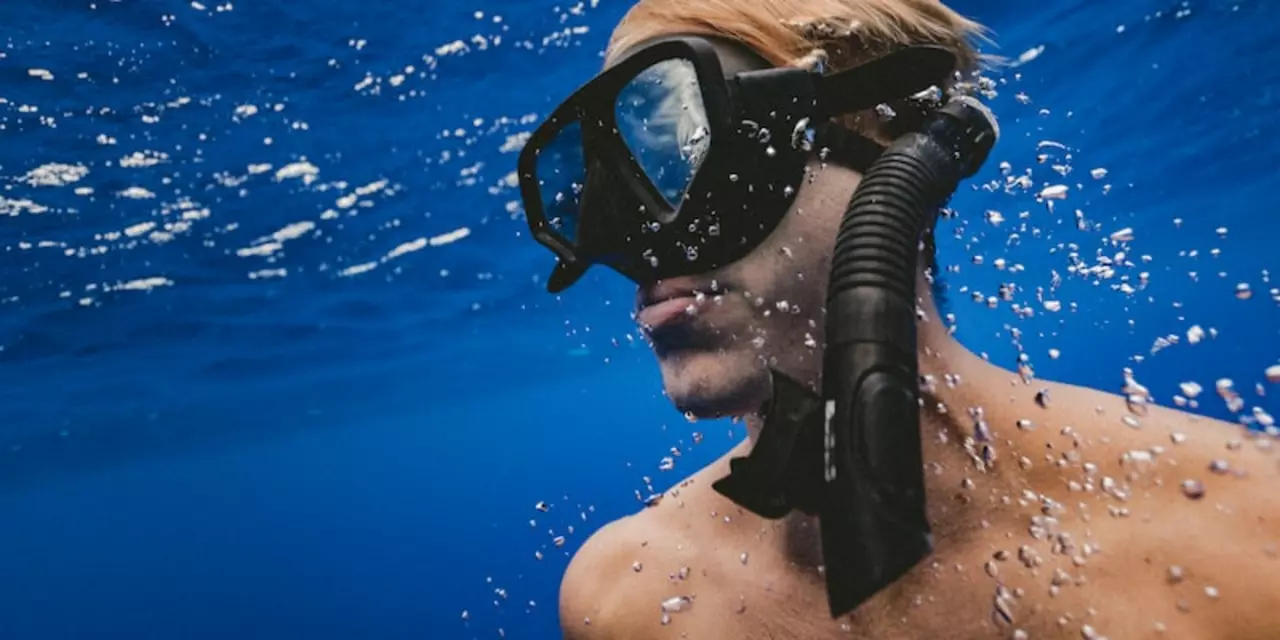Swimming – Tips, Training, Safety & Competition
When working with Swimming, a water‑based activity that involves moving through water using various strokes and techniques. Also known as pool exercise, it offers both fitness benefits and a platform for competition. Competitive swimming, the sport where athletes race over set distances using regulated strokes is a direct extension of everyday swimming, while Swim training, structured practice routines that improve endurance, speed, and technique turns casual laps into measurable progress. Together, these elements illustrate that swimming encompasses both recreational fun and serious sport.
Why technique and safety matter
Good technique is the foundation of any swimming journey. Proper body alignment, efficient breathing, and stroke mechanics reduce drag and prevent injuries. That’s why Water safety, the set of practices that keep swimmers protected from hazards like fatigue and drowning influences every stroke you practice. When you combine sound technique with safety awareness, you unlock faster times and longer sessions without burnout. For example, learning the three‑breath pattern in freestyle not only improves speed but also teaches rhythm that can be applied to other strokes.
If you’re just starting out, finding the right instruction is key. A qualified coach can break down each movement, offer feedback, and design a progression that matches your goals—whether that’s mastering the butterfly or simply feeling comfortable in deep water. Many swimmers begin with private lessons or group classes, which often cover basic drills, buoyancy control, and emergency procedures. These sessions build the confidence needed for independent training, and they lay the groundwork for later pursuits like triathlon preparation or competitive meets.
Beyond personal growth, swimming connects you to a community. Clubs host regular meets, social swims, and workshops that let you test your skills against peers. Engaging with fellow swimmers provides motivation, exposes you to new drills, and helps you stay accountable to your training plan. Whether you aim to qualify for a regional championship or just want a low‑impact cardio option, the network of swimmers, coaches, and facilities fuels continuous improvement.
In the sections below you’ll discover a range of articles covering match‑day analysis, training schedules, safety protocols, and advice on choosing the best swim lessons. From the science behind stroke efficiency to real‑world tips for avoiding common injuries, the collection is designed to equip you with the knowledge you need to excel in the water. Dive in and explore the insights that will elevate your swimming experience.
Why are swimming goggles tinted?
Swimming goggles come in a variety of tints and shades to suit different needs. Tinted goggles are designed to reduce the amount of light that enters the eyes, reducing glare and improving vision in bright sunlight or indoor lighting. Different tints also help swimmers to distinguish between different depths of water, and can reduce the strain on the eyes caused by bright light. They also help to protect eyes from the chemicals in swimming pools, and can reduce the risk of eye infections. In addition, some tints can be used to enhance performance by helping swimmers to focus on the water ahead.
